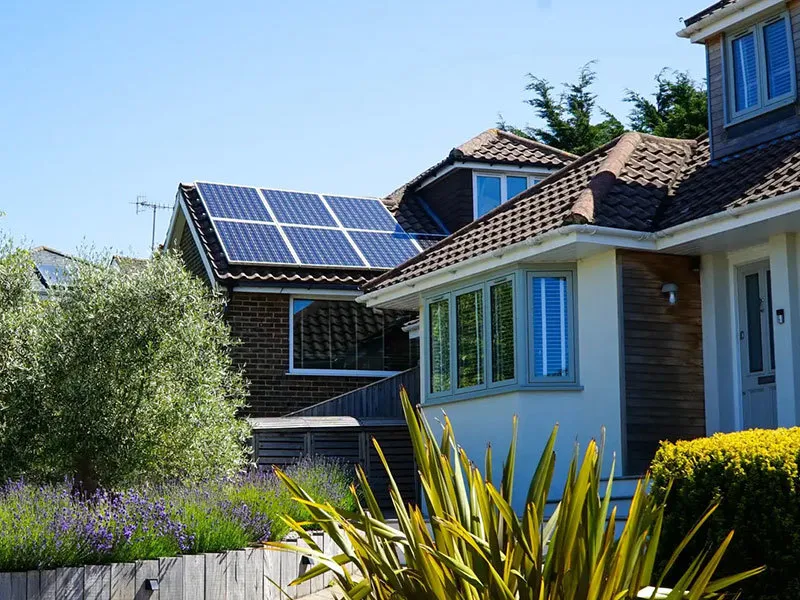installing solar panels on shed roof
Installing Solar Panels on a Shed Roof A Sustainable Choice for Small Spaces
As the world shifts towards renewable energy sources, solar power stands out as one of the most accessible and practical options for homeowners looking to reduce their carbon footprint and energy bills. An often-overlooked location for solar panel installation is the roof of a shed. Whether it’s a garden shed, workshop, or storage space, installing solar panels on shed roofs can not only provide energy for your small buildings but also contribute to local sustainability efforts. Here’s a guide on how to effectively install solar panels on your shed roof.
Assessing Your Shed for Solar Installation
Before embarking on the installation process, it’s crucial to evaluate the shed's structure. The roof should be in good condition; any signs of damage, including leaks or rot, need to be addressed before panels are added. Additionally, assess the roof's orientation and tilt. South-facing roofs typically receive the most sunlight, but east and west-facing roofs can also work effectively. The angle of the roof can affect the efficiency of the solar panels; ideally, a slope between 15 to 40 degrees is optimal.
Choosing the Right Solar Panels
When selecting solar panels for your shed, consider the available space and the amount of energy you need. If your shed is compact, you may want to look at high-efficiency panels, which produce more energy per square foot. Additionally, think about the type of solar panel—monocrystalline panels are known for their efficiency and performance, particularly in limited spaces, whereas polycrystalline panels are slightly less efficient but often more affordable.
Sizing Your Solar System
Calculating your energy needs is essential. Start by estimating how much power you will require for the devices you intend to use. For example, if you plan to power lights, tools, or a small refrigerator, summate the wattage of these devices and calculate your daily energy consumption. A common rule of thumb is that a single solar panel can produce between 250 and 400 watts per hour depending on the panel's efficiency and sunlight availability. This information will help you determine how many panels you’ll need to install.
Installation Process
installing solar panels on shed roof

1. Gathering Materials Once you have assessed your shed and chosen the right panels, you’ll need to gather the necessary materials, including solar panels, mounting brackets, inverters, racks, wiring, and tools.
2. Mounting the Panels Installing mounting brackets on your shed roof is the first step. Ensure that they are secured to the rafters, as this provides the strength needed to support the panels. Space the brackets evenly based on the size of the solar panels.
3. Installing the Panels After the brackets are installed, carefully place the solar panels onto the mounted brackets. Secure them according to the manufacturer’s instructions, and ensure that they are properly angled to maximize sunlight exposure.
4. Wiring the System After the panels are secured, it's time to connect them to the inverter. The inverter is a crucial component that converts the direct current (DC) generated by the panels into alternating current (AC) for use in your shed or to feed into the electrical grid if you choose to connect it.
5. Testing the System After everything is connected, double-check all wiring connections and ensure that the system operates correctly. It’s advisable to have a qualified electrician inspect your work to ensure safety and compliance with local codes.
Maintenance and Monitoring
Solar panels are known for their durability and low maintenance requirements. However, it’s essential to clean the panels periodically to remove dust, leaves, and other debris that may obstruct sunlight. Additionally, monitoring your system's performance will help you identify any issues early. Many modern solar systems come with apps or online monitoring tools that allow you to track energy production in real-time.
Conclusion
Installing solar panels on a shed roof is a smart and sustainable way to harness renewable energy in a small space. Not only does it increase the utility of your shed, but it also reduces your reliance on traditional energy sources. With careful planning, proper installation, and ongoing maintenance, you can contribute to environmental sustainability while benefiting from reduced energy costs. In a world increasingly focused on green practices, choosing solar energy on your property, even in a modest space like a shed, can make a significant difference. Whether you're a DIY enthusiast or looking to hire professionals, embracing solar power is a step toward a more sustainable future.
-
Unlocking Energy Freedom with the Off Grid Solar InverterNewsJun.06,2025
-
Unlock More Solar Power with a High-Efficiency Bifacial Solar PanelNewsJun.06,2025
-
Power Your Future with High-Efficiency Monocrystalline Solar PanelsNewsJun.06,2025
-
Next-Gen Solar Power Starts with Micro Solar InvertersNewsJun.06,2025
-
Harnessing Peak Efficiency with the On Grid Solar InverterNewsJun.06,2025
-
Discover Unmatched Efficiency with the Latest String Solar InverterNewsJun.06,2025







